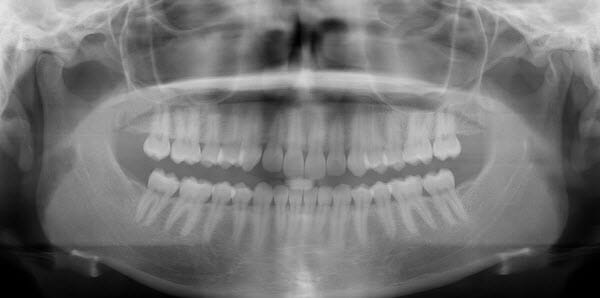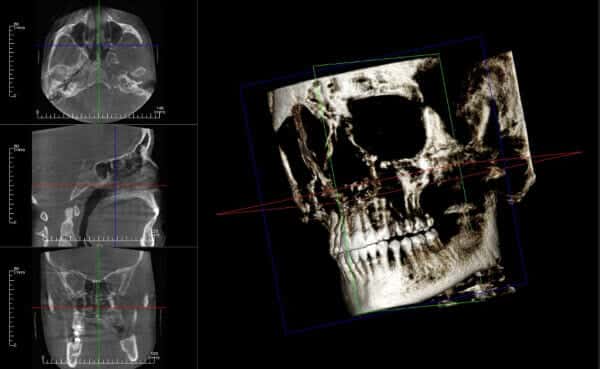Dental Depot performs 99% of our dental implant procedures with the aid of 3D CBCT dental imaging technology. We’re one of only a few dental offices in the Oklahoma City area to use CBCT scanning, and our ability to offer you this technology brings with it a host of benefits, including far better surgical outcomes. That’s why we wanted to take a moment to help you understand 3D CBCT imaging so that you can make an informed decision about whether Dental Depot is right for you.

CBCT stands for “cone beam CT scan.” It combines a 3D mouth scanner with state-of-the-art translation software to generate a 3D image of your mouth. CBCT is a little bit like a traditional CT scan in that regard, but it protects your health by minimizing the amount of radiation you’re exposed to by 70%. Since too much radiation exposure can have side effects our goal is to reduce yours to levels that are “as low as reasonably achievable” without sacrificing the benefits of generating these highly precise images of your jaw bone and mouth structure.
Like having an X-ray, having a cone beam CT scan is completely painless. You simply sit down and the cone beam takes the scan.
Zygomatic implants are longer than traditional implants, which means we can anchor them to two places: the upper jawbone, or your cheekbone (the zygoma bone). Upper jaw bone loss becomes less of a problem simply because we have more options for inducing osseointegration.
Nitrous oxide is available at all Dental Depot offices. Talk to your dental team about whether nitrous oxide is a good option for you.
The CBCT scan provides us with a wealth of information that helps us do a better job of offering top-notch dental implants. Primarily, it tells us a great deal about the state of your bone at the site of the implant, including:
This vital information takes the guesswork out of placing dental implants, which means the osseointegration process is far more likely to be successful. This scan also tells us if the patient needs other procedures before we proceed, such as bone grafts or healing caps that must be used when the bone is either too soft or too degraded to take the implant with ease.
Using 2D images increases the likelihood of complications, placement problems, and other cosmetic issues. Often, the implant will be placed by an oral surgeon while the crown will be placed by a dentist. Miscommunications and misunderstandings can arise when these professionals are conferring over an incomplete image, especially if they happen to be located in different offices.
Miscommunications can lead to unsightly gaps between the crown and the gum line. A lack of information can also lead the oral surgeon to damage delicate anatomical structures simply because he must rely, at least in part, on guesswork.
At Dental Depot’s Family Dentistry and Implant Center, our integrated team includes a general dentist, oral surgeon, and prosthodontist (implant specialist who places the crown), working side-by-side in the same office to provide you with the most comprehensive and cohesive care team available.

